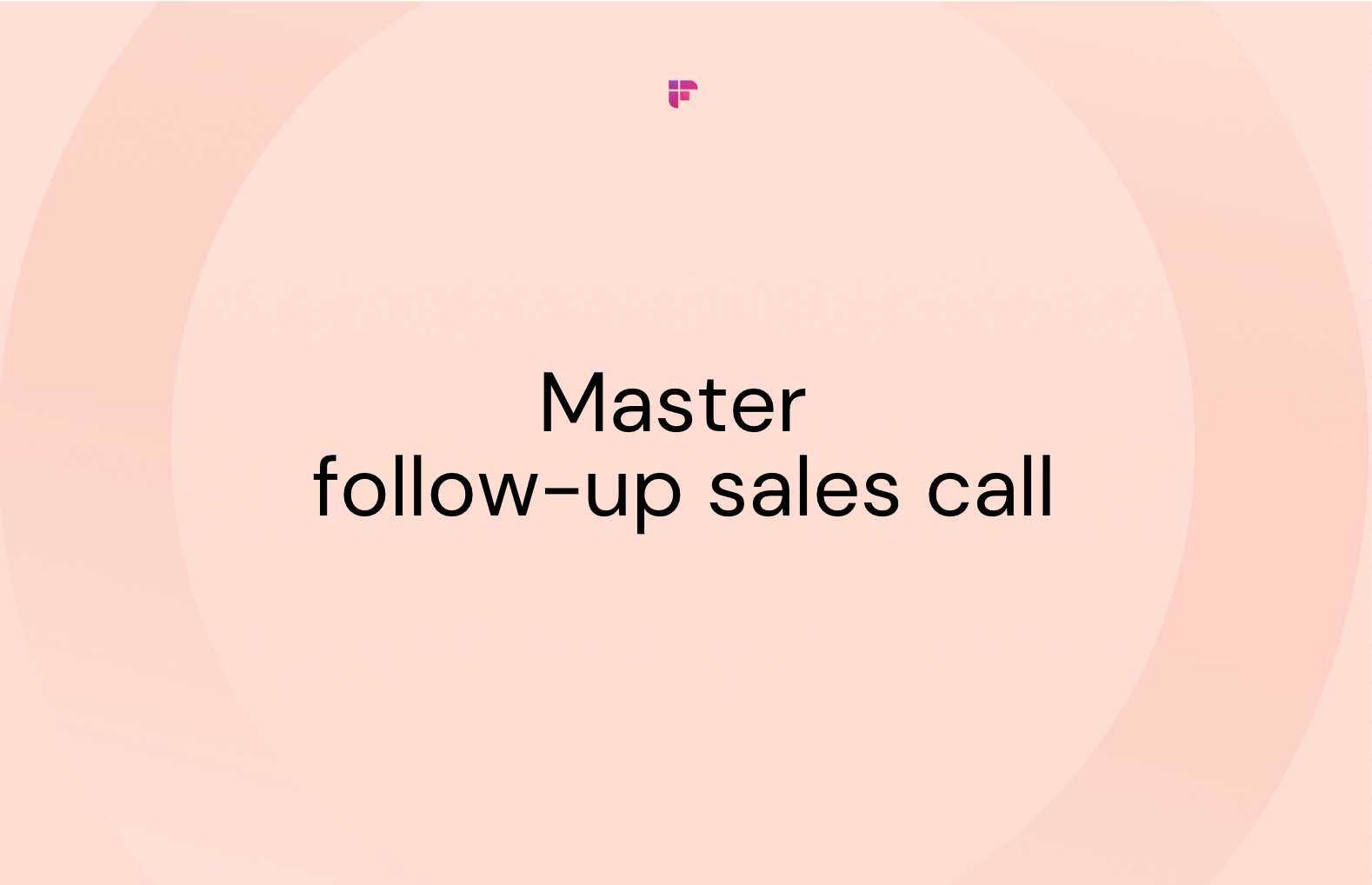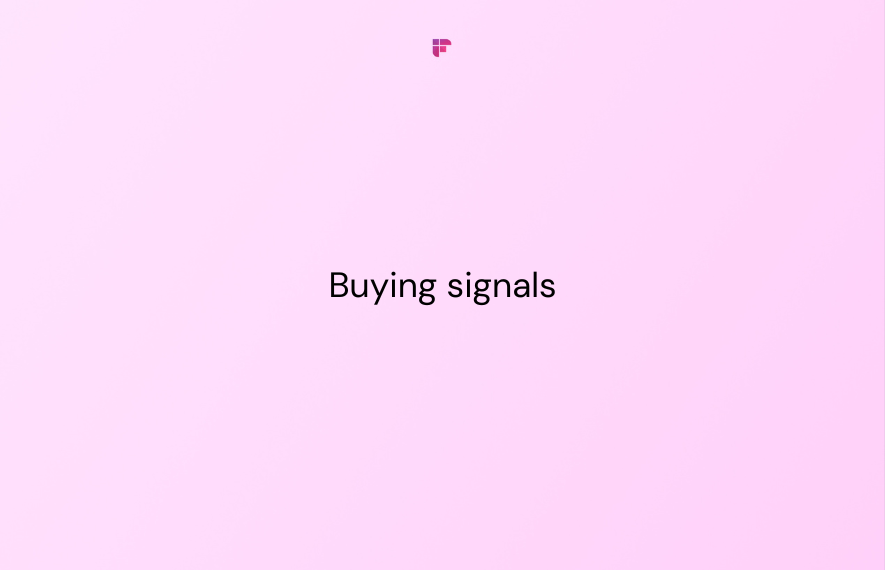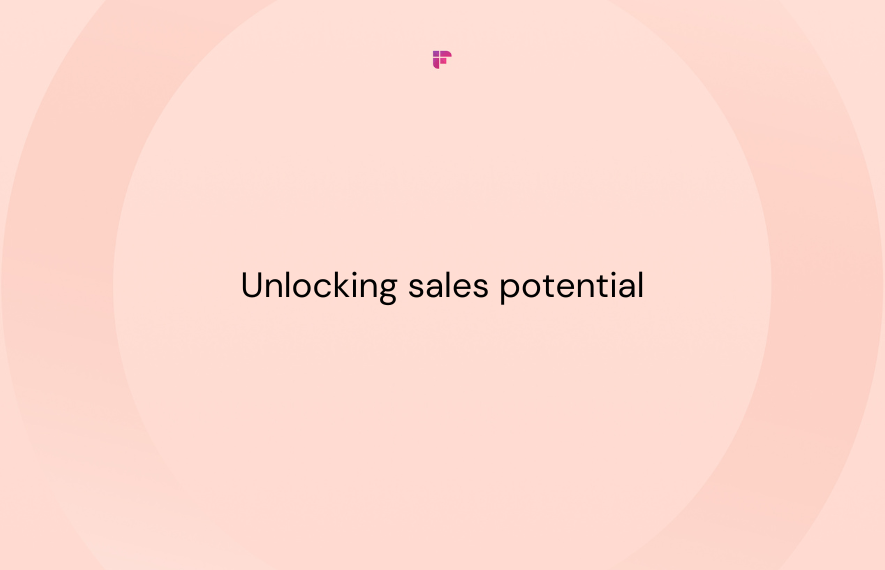Paying close attention to your customers and prospects is crucial for closing deals and achieving sales success. By tuning in to their buying signals, your sales and marketing teams can get valuable insights into their intent to purchase. These signals allow you to understand where you want to focus your efforts.
In this blog post, we'll explore the art of reading buying signals and uncover key indicators that can help you gauge your prospects' interest. Let's dive in!
Why is it crucial to recognize buying signals?

Recognizing buying signals is like having a secret decoder ring that reveals your prospects' true intentions to make a purchase. By tuning in to these signals, you can laser-focus your efforts on the prospects who are genuinely interested in what you have to offer.
Not only that but understanding buying signals lets you customize your approach to each prospect's unique needs and preferences. It's like speaking their language, which boosts your chances of nailing communication, offering benefits tailored to their needs, and sealing the deal.
Buying signals also give you insights into how prospects make decisions. By paying attention to these signals, you can address their concerns, tackle objections head-on, and guide them toward saying "yes" to your solution.
In a nutshell, buying signals empower you to make smart decisions, allocate your resources wisely, and fine-tune your sales strategy for better results.
Fireflies takes analysis to the next level with sentiment analysis, enabling you to gauge the emotional tone of prospects. Plus, its very own ChatGPT assistant, AskFred, helps you generate meeting notes and copy them quickly.
Buying signals to look out for
Did you know that despite the potential benefits, only 39% of organizations utilize buying signals to identify promising prospects and guide their marketing strategies?
Here are some common buying signals to look for in your prospective clients:
- Asking specific questions
- Discussing budget and pricing
- Discussing challenges they face
- Sharing interests, goals
- Requesting case studies or referrals
- Want to learn more about specific features
- Asking about T&C and post-sales
- Signing up for a free trial
1. Asking specific questions
When a buyer asks questions between a demo or presentation instead of waiting until the end, it strongly indicates their interest in learning more about your product or service and how it can meet their specific needs.
They're engaged, actively seeking information, and definitely not dozing off during your demo.

2. Discussing budget and pricing

When a prospect openly discusses budget during discovery calls, it's a strong sign that they're serious about purchasing. Don't panic if they seem vague or unresponsive to budget-related conversations.
It's important to understand that asking about budget works for planned purchases, whereas those unsure or constrained by their existing budget may need time to assess their options.
Don't mistake budget discussions as price objections. Instead, focus on validating your product's value before closing the sale.

3. Discussing challenges they face
When a prospect openly discusses their challenges and problems, it's clear that they're actively seeking the best solution.
If they mention issues with their current vendor, it's a signal that they're unhappy with their current solution. It's an opportunity to highlight how your product surpasses the competition.
Some prospects know exactly what they need, while others may need help uncovering their pain points. The more they describe their pain, the more likely they will buy from you.

4. Sharing interests, goals
When a prospect shares their goals, desired outcomes, or challenges, it clearly indicates that they want you to assess if your product or service is a good fit for them. Give them your undivided attention, actively listen, and engage in the conversation.
Expressing their interests and seeking solutions is a positive sign. Take the opportunity to highlight how your product can address their specific needs.
Keep asking questions to help them define their problems in detail and provide tailored solutions.

5. Requesting case studies or referrals
When a prospect requests case studies or research reports, they're interested in exploring how your solution can benefit their business. They may also inquire about industry-specific case studies.
Similarly, if they want to speak with your existing customers, it strongly indicates that they're eager to move forward. It signifies their need for added confidence in your company's credibility and is their way of verifying that your promises align with actual results.

6. Want to learn more about specific features

When prospective clients show interest in a specific product or solution, they clearly know what they are.
They've done their research and are taking steps toward a purchasing decision. This signal can appear during a consultation or on your website when they repeatedly visit a product page.
Detailed questions about your offering demonstrate their serious consideration and intention to buy. It's a golden opportunity to connect and offer a demo to seal the deal.

7. Asking about T&C and post-sales
When prospects ask about warranty details or money-back guarantee policies, it shows they're assessing your commitment to excellent customer service. If they've visited your warranty page, reach out and address any questions they may have.
Inquiries about onboarding, customer experience, and post-sales support indicate the need to understand how you treat customers.
Respond well and build trust for a potential sale. Address their after-sales concerns promptly to capitalize on these buying signals.

8. Signing up for a free trial
When prospects sign up for a free trial or complementary offerings, it's a clear sign of their interest in the product. Even if they don't immediately use the trial, it doesn't mean they've lost interest.
Offer tutorials, tips, or personalized support to guide them. Monitoring this action through lead generation tools makes lead generation easier.
Free trial sign-ups indicate strong buying intent, so stay in touch and understand their needs to convert them into customers.

Wrapping up,
Recognizing and interpreting buying signals is a game-changer. It allows you to customize your approach, address their needs, and build a strong rapport. Developing the skill of reading buying signals takes practice, but by mastering these techniques, you'll be well on your way to closing more deals and achieving greater sales success.
So, keep your eyes and ears open, and let the buying signals guide you toward successful outcomes.








